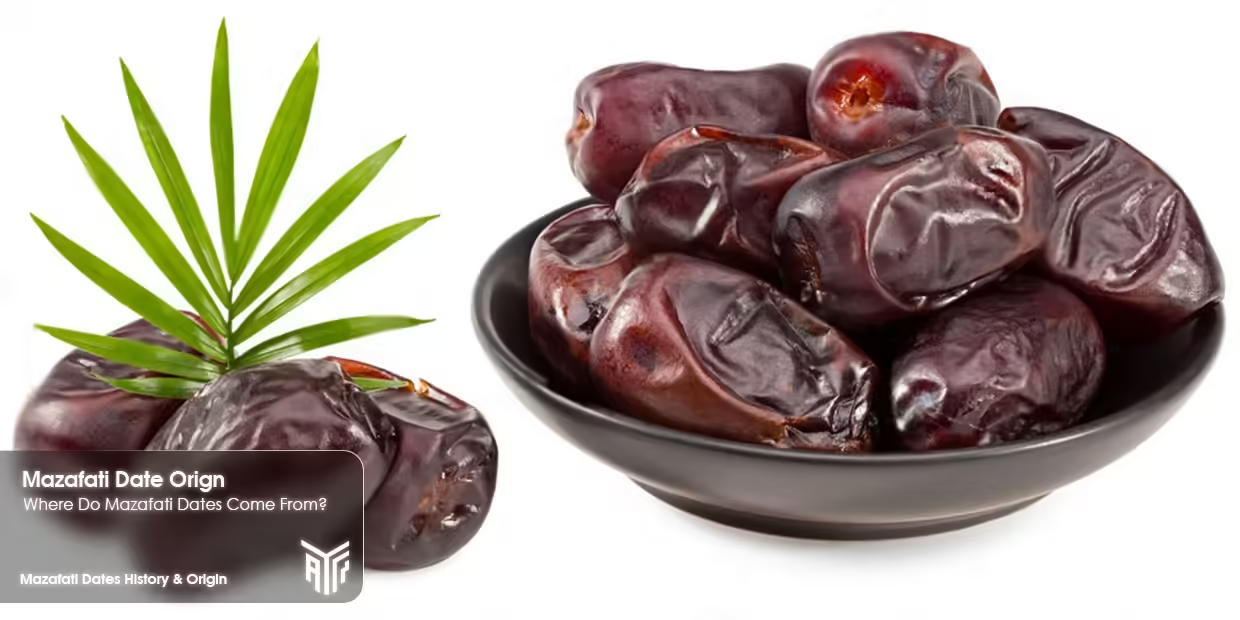
Raisins vs Sultanas : the Difference Between Sultanas & Raisins
Raisins vs Sultanas What is the Difference Between Sultanas and Raisins? What’s the Difference Between Raisins, Sultanas, and Black Currants? Raisins, sultanas, and currants may all look similar, but they have some key differences. In this article, we will explore those differences. In this post, we will focus on the




